
The perfect quality of minting of investment coins is one of the reasons they have such a high price. There are several ways to make the appearance of the product perfect, one of which is the Proof technology. For those who want to understand, how to buy and sell investment coins successfully, it is necessary to know how to distinguish a proof coin from an ordinary one.
Technology Description
Proof Quality is the highest category of investment coins in the world of numismatics. The distinctive feature of this series is the mirror surface and the matte relief contrasting with it. To achieve this effect, a sheet of metal in the form of a circle is thoroughly polished to a shine. The die is treated with acid, and then also polished. Not one, but two strikes with increased force are made on a blank. Due to this, the highest clarity of the image is achieved.
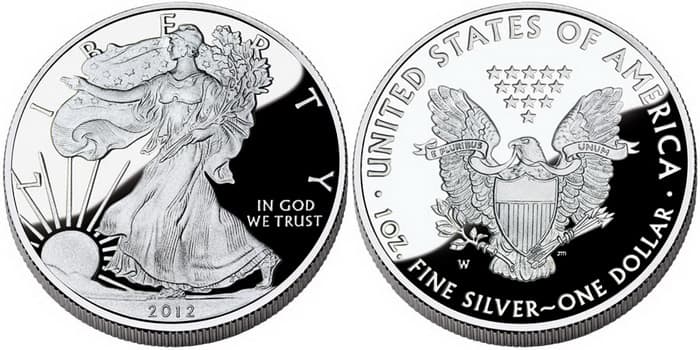
Distinctive features of the Proof coin:
- letters at 90 degrees to the surface;
- wiry rim on the edge of the coin;
- expressive and clear details of the image;
- no scratches, incisions and fingerprints.
All coins are made in limited quantities with the use of technology and manual labor. The finished item is removed manually and then sealed in special plastic bags or hard capsules, preventing contact with hands or solid objects.
Do you know? From 1950 to 1955 sets with Proof quality coins were sold in packs of 5 pieces in individual cellophane bags that were fastened together, wrapped in fabric and packed in cardboard boxes. They were sent to collectors in this packaging. It led to the damage of coins, so the copies of those years have a low value. However, if the coin is not damaged and has an excellent appearance, its cost significantly increases, since 1950-1960 were considered the “Golden Age of Numismatics” for Proof.
History
For the first time, the Proof technology was developed in 1797 and since then has not changed. Initially, it was created at the mints in order to check the test rolled metal and identify the drawbacks of the die. Coins turned out to be incredibly beautiful. The rulers and their associates were the first owners. Also glossy coins were presented to the ambassadors to show the superiority of the state technology.

The first prototype of the Proof – broad – 20 shillings, was manufactured in 1656. After that, in 1658, one corona coin was issued. Both items were made with a clear contrast between the surface and the image. However, they did not go into circulation, because they were far from the perfection, and had cracks, which is unacceptable in modern investment coins.
Do you know?
The edge between the polished surface of the coin and the matte image is called Cameo, and the difference between the surfaces is the Cameo contrast.
In the 18th century the first private manufacture appeared, equipped with machines on the steam engine. The manufacture was owned by the industrialist Matthew Bolton and inventor James White. They showed what a Proof coin is, by using a powerful steam press. Bolton also made a special ring – a tool that allows to achieve the most accurate alignment. Due to the fact that the blank was fixated by a ring, the master could apply a second strike, completely filling the details of the die. The technology was used for minting advertising and commemorative coins.
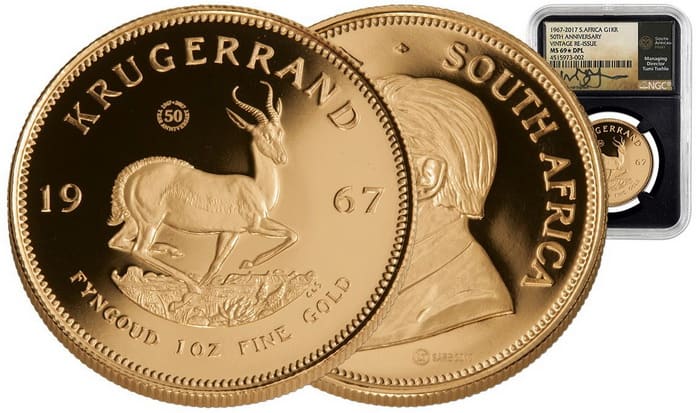
In the USSR, Proof coins began to be minted in 1965 and until 1979 they were made of copper-nickel alloy. Since 1977, coinage of platinum was launched, then from gold and silver. In order to understand what were the Proof investment coins of the USSR like, it’s enough to see the famous items dedicated to the Olympic and national sports, large cities and sport facilities in them, the 1000th anniversary of Russia, and “The Sower” coin.

Quality
Not all Proof coins have the same value, but only those that haven’t been in the circulation. If the copy was bought, and then stored for many years the cover not opened, the coin was not touched, in this case, the polishing would not be shattered. Such coin remains a rare and valuable item and rises in value. If you stored a coin not accordingly to the rules, for example, in a banking cell without a protective layer, it would cause cracks, scrapes, and dust on its surface. Such things will be considered a defect, and the purchase price will drop down.

Do you know? Proof quality coins have their evaluation system, where PR70 is the highest mark (this mark is very rare and practically absent). If the coin was improperly processed or if it has deterioration because of the cleaning or a circulation, it may be estimated below PR60, and its cost will be lower. PR50 – coins that have abrasions, darkening and tarnishing.
Among the investment and collectible coins, there is not only a Proof quality, but also an Uncirculated quality. Items of this quality are minted as a legal tender, but not sent into circulation. Their production is automated and does not require manual labor. The requirements for an ideal surface are noticeably lower, and even slight damage during minting won’t reduce the cost of coins greatly.
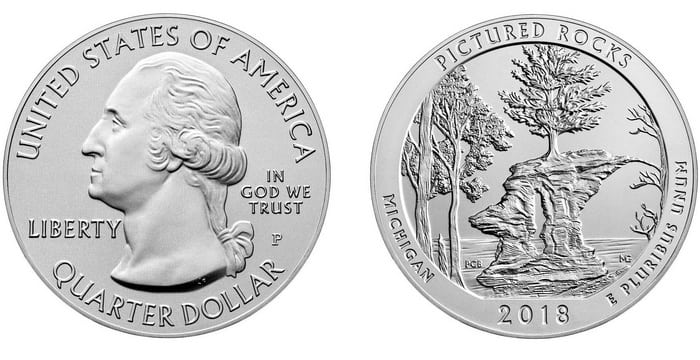
Features Uncirculated (UC):
- matte surface
- simple image;
- absence of complex details;
- minimal or no damage.
Do you know? Proof coins are minted on special presses that operate at a slower speed than high-speed machines designed for minting Uncirculated coins.
Often immediately after production, they are placed in a plastic container or cellophane film. Also, there is an improved version of Uncirculated – Brilliant Uncirculated – products with increased production quality. They have a glossy surface, a clear pattern and no damage, so they are valued the same as Proof.
Other types of Proof
The Proof minting has its own specific distinctions in technology. If the coin does not match some details of classical production or slightly differs from the standard, then it is attributed to one of the types:
- Proof-like – the absence of a traditional rim on the edge due to the only one strike on the coin. Also the letters are not at 90 degree angle, but rounded, and the surface is polished after minting
- Matte-Proof – a series of coins of England, France and the USA, which distinctive features are all the signs of Proof, but with a matte surface;
- Reverse Proof – items with a matte surface and a mirrored image.
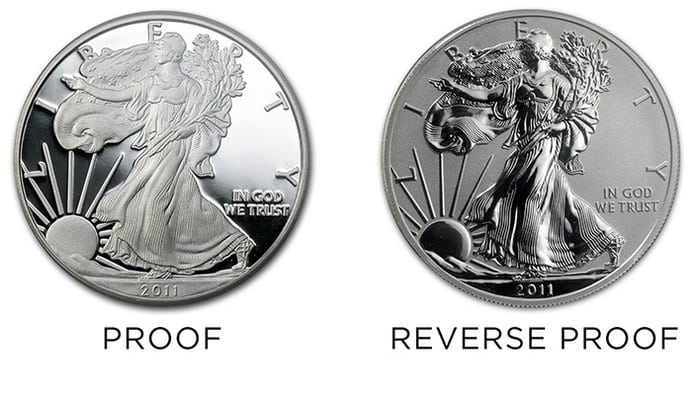
The easiest way to determine whether a coin is Proof or not is to put two coins together and evaluate their differences.
Do you know? Reverse Proof coins is a relatively new product in the world of numismatics. They began to be issued in connection with the significant anniversaries in the world of coins. The US Mint issued the first Reverse Proof. It was a coin of 2006, American Silver Eagle. It was minted for the 20th anniversary of the series. Soon after this, in 2007, its analog of gold and platinum was issued, in 2013- American Gold Buffalo (USA), and in 2016 – Silver Wolf (Canada). Collectors were attracted by the unique design and novelty of the recently issued coin, as well as its limited circulation.
Caring for your coins
It is important to remember that one careless move can lead to damage to the surface and the loss of numismatic value. Therefore, it is not recommended to get it out of the package. However, if you had to do this, then hold it only by the edge in special cotton mittens. If the surface has yellow spots and tarnishing, the special liquid MS-70 can help you to fix that. It removes patina and fingerprints. You should apply the liquid to the surface with a cotton bud and gently remove the stains, then rinse the coin with water and dry it off with a paper towel.
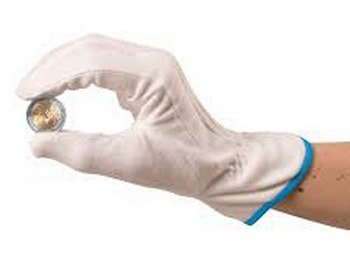
Comments
No commens yet.